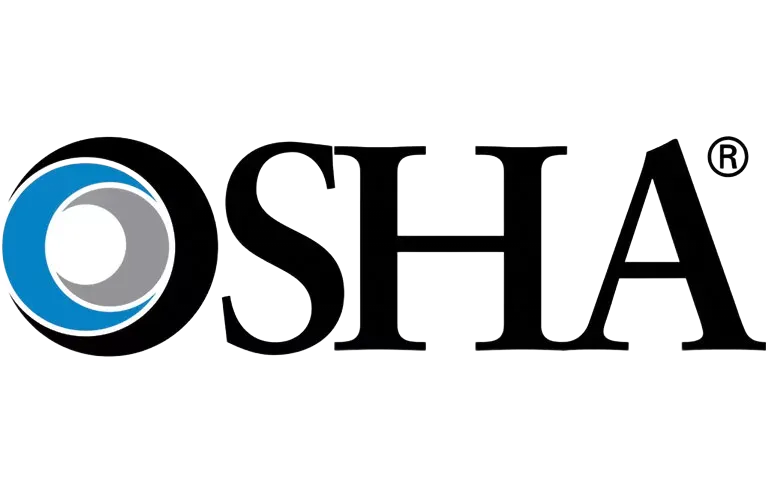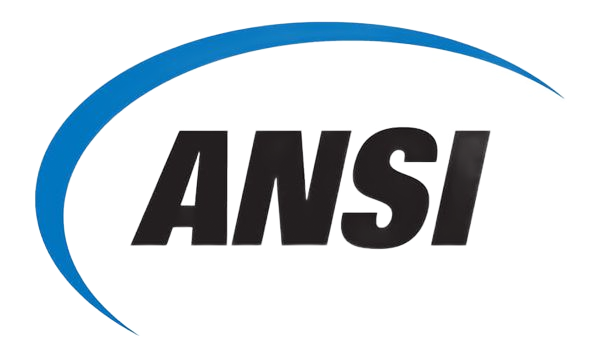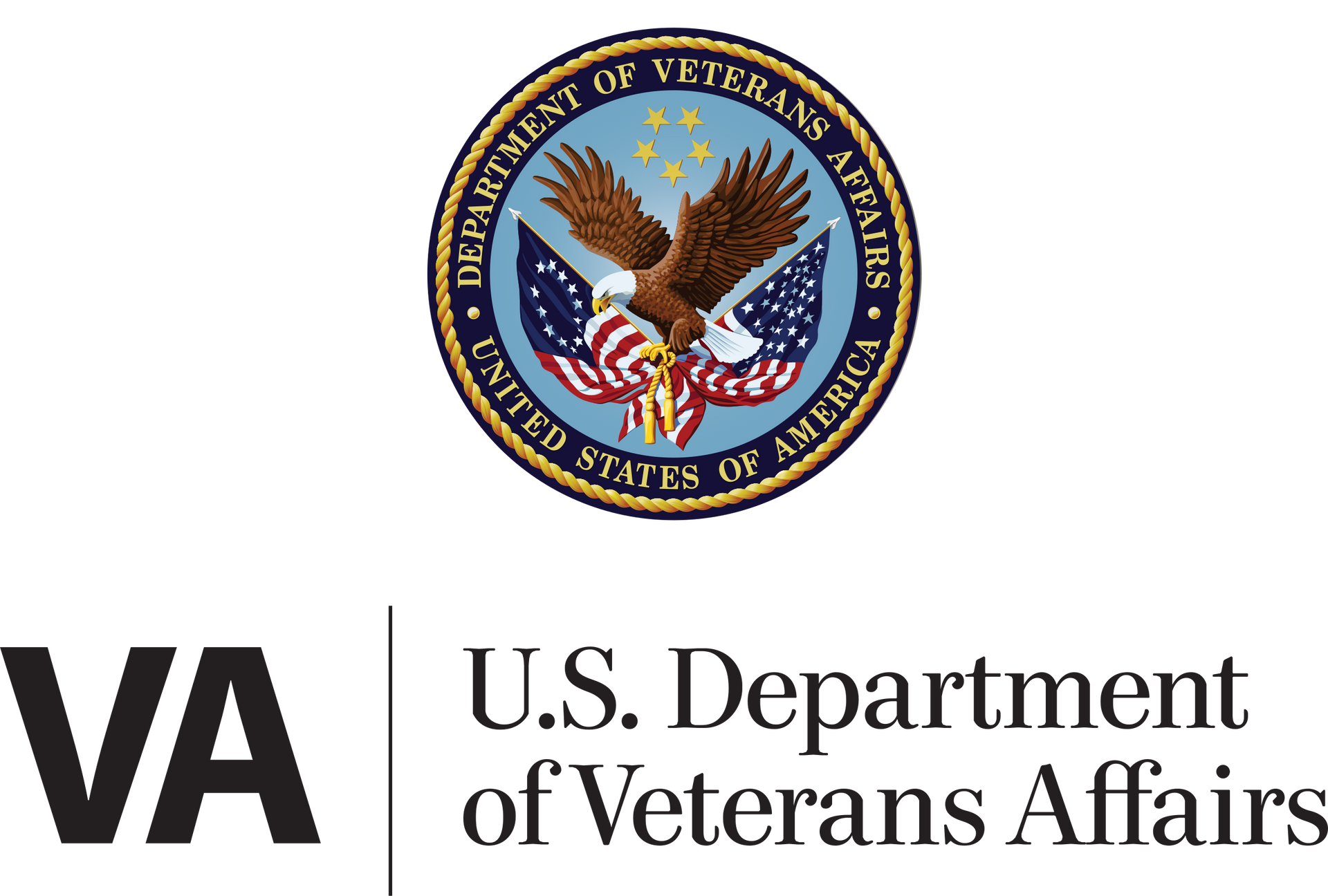Fall Protection Equipment in Pennsylvania
Your trusted source for OSHA fall protection equipment and inspections—built for Pennsylvania worksites.
Protect Your Crew with Fall Protection solutions
If your crews work at height, you need reliable fall protection that fits the way you work.
Haven Fall Protection designs, installs, and certifies OSHA- and ANSI-compliant systems across Pennsylvania. From fall arrest equipment to training and inspections, we provide the tools and expertise your team needs to work safely and stay compliant.
SYSTEMS & SOLUTIONS
Fall Protection Equipment That Fits Your Worksite
Every site is different—roofs, towers, warehouses, and everything in between. Haven Fall Protection designs and installs systems matched to your work, environment, and compliance needs.
Rigid Rail Systems
In vehicle bays, aircraft hangars, and low-clearance work areas,
rigid rail systems stop a fall quickly and keep you from dropping far. They also reduce swinging and lessen the jolt on your body—helping you get back on your feet faster..
Horizontal Lifeline (HLL) Systems
For rooftops, bridges, and long runways where mobility matters, a horizontal lifeline gives your crew continuous tie-off along an elevated path.
With our engineered
HLL systems, you stay securely connected without losing freedom of movement—so you can work confidently and keep the job on target.
Anchor points
On rooftops, steel structures, and industrial machinery, anchor points give workers a secure, OSHA-compliant place to connect their harnesses and lanyards. They’re the go-to choice where a heavy or permanent system isn’t possible.
With Haven Fall Protection anchors, you get a dependable connection you can trust every time you clip in.
Guardrails
Guardrails create a physical barrier around open edges, roofs, or platforms to stop falls before they happen. They’re ideal for busy sites where hands-free protection is the safest and simplest choice.
Ladder Safety Systems
When traditional fall protection doesn’t cover your climb—fixed ladders, rooftop hatches, and vertical access points—ladder safety systems keep every step protected from the ground up.
With vertical lifelines, cages, and ladder portals, you can move with confidence knowing you’re secure from the first rung to the last.
PORTABLE FALL PROTECTION
For temporary jobsites, open work areas, and projects without existing tie-off points, portable systems bring safety wherever the work takes you. They’re the right choice when a heavy or permanent system isn’t practical. You get fast setup, solid stability, and the freedom to work without compromising safety.
Warning Lines
Warning lines mark off safe zones and alert workers before they reach unprotected edges. They provide a simple, effective visual cue often used alongside other fall protection measures to prevent accidents.
NETTING
Safety
netting creates a strong barrier to catch debris or stop a fall in progress—protecting crews and anyone below. Common on high-rises, bridges, and large industrial sites, Haven FP’s netting is durable, OSHA-compliant, and built for tough jobsite conditions.
Safety Harnesses & Fall Arrest Systems
For any work above 6 feet, a safety harness keeps you connected, and a fall arrest system stops you before you hit the ground. The right harness should fit comfortably, move with you, and meet OSHA standards.
No matter which system you choose, it’s only as effective as the basics behind it. That’s why every safe, compliant job starts with the “ABCs” of fall protection—the core components that protect your crew working at height.
Understanding the “ABCs” of Fall Protection
Before you step onto a ladder, a roof, or a beam, you need the essentials in place. These “ABCs” are the foundation of every safe, compliant fall protection system—and knowing them means you can work at height with confidence and control.
Anchor
Rated for 5,000 lbs., your anchor is the secure point that holds the entire system. Without a solid anchor, nothing else works.
Body Wear
A full-body harness distributes force evenly if you fall, keeping you upright and reducing the chance of injury.
Connector
Lanyards or lifelines link your harness to the anchor, creating the physical link between you and safety.
Deceleration device
Shock absorbers or energy absorbers slow the fall, reducing the impact on your body.
The final piece: Having an organized and practiced rescue plan.
Haven Fall Protection provides hands-on training and certification for your entire crew—so everyone knows how to use their equipment, follow OSHA and ANSI best practices, and act quickly in an emergency.
With a clear plan and a trained team, you can work safely every day and respond with confidence in the event of a fall.
Turnkey Services to Keep You Compliant
Managing crews, schedules, and budgets is already a full load.
Haven Fall Protection handles the rest: hazard assessment, system design, installation, training, and inspections. We keep your sites OSHA- and ANSI-compliant so you can stay focused on the work that moves your projects forward.
Industries We Serve Across Pennsylvania
You face unique safety challenges depending on your industry and your location. From wind turbines in Western Pennsylvania to towering construction sites in Philadelphia to slippery manufacturing floors in Lancaster County, we tailor our systems and training to the demands of your work—whether you operate in:
- Transportation & Logistics
- Industrial & Manufacturing Operations
- Construction & Infrastructure
- Healthcare & Facility Maintenance
- Specialty Applications
Areas We Serve in Pennsylvania
Haven Fall Protection proudly provides fall protection equipment, inspections, and training across Pennsylvania worksites — from Lancaster County to the Lehigh Valley and beyond:
- Lancaster County
- York County
- Berks County
- Lebanon County
- Franklin County
- Chester County
- Montgomery County
- Philadelphia County
- Lehigh County
- Luzerne County
Your Fall Protection Equipment & Safety Questions, Solved
At what height do I need fall protection in Pennsylvania?
OSHA requires fall protection at 4 feet in general industry, 6 feet in construction, and at any height when you’re working over dangerous equipment. Meeting these rules protects your team and keeps your site compliant with state and federal safety standards.
What is a fall arrest system?
A fall arrest system stops you from hitting the ground after a fall. It includes a secure anchor, a full-body harness, connectors, a deceleration device, and a rescue plan. Each part works together to catch you quickly and get you down safely.
How often should fall protection equipment be inspected?
Inspect your harnesses, lifelines, and connectors before every use. Schedule a formal inspection by a qualified person at least once a year—or every 3–6 months if your worksite sees heavy use or harsh conditions like Pennsylvania’s ice, wind, and salt exposure.
When should I choose a rigid rail system instead of a horizontal lifeline?
Go with a rigid rail when you have limited clearance below the work area, when swing fall could put your people in danger, or when you need precise fall arrest along a defined path. Rigid rail systems stop falls faster and reduce forces on the body—making them ideal for tight spaces, vehicle bays, and areas with overhead obstructions.
Can Haven FP inspect and certify existing fall protection systems?
Yes. We provide full inspections and recertification for existing systems to keep you compliant with OSHA and ANSI standards. You’ll get clear documentation, recommendations for any needed repairs, and the peace of mind that your equipment is safe, legal, and ready for use—no matter who installed it.
How do I choose the right fall protection system for my crew?
Evaluate the type of work, fall risks, and site layout. Choose from guardrails, anchor points, lifelines, or PFAS based on your mobility needs and the height of exposure. Consulting with a certified fall protection expert helps ensure your system meets OSHA and project-specific requirements.
Confidence and Peace of Mind on every job
Your team's safety is the real measure of a good day. We provide the fall protection systems, training, and inspections to give you confidence that your crew goes home save every time.









